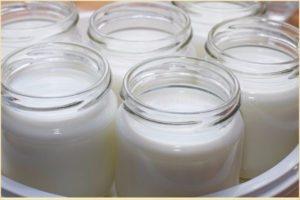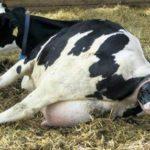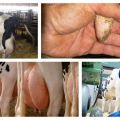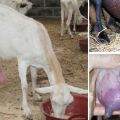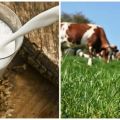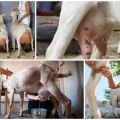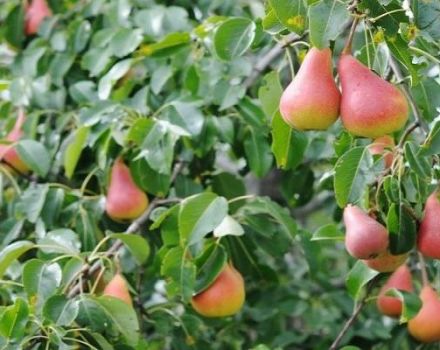How to learn to milk a cow with your hands correctly for beginners for the first time
How to properly milk a cow is an important question, since the productivity and health of the farm depends on this process. The procedure should bring comfort to the animal, it is necessary to treat the cow gently, otherwise she will become rough and shy, which will create problems with milking milk. Proper milking preparation and completion is just as important as the process itself.
How to milk a cow by hand
Beginning farmers will find it helpful to familiarize themselves with the correct milking technique. It is easier for people who grew up on farms or in families where cattle have always been kept, it is easier to adapt to the milking process - parents and grandmothers teach this from childhood. If there is no one to learn from useful experience, you should carefully read the recommendations below.
Training
Why is it important to cook a cow - despite their large size, these animals are very shy. Before starting milking, it is recommended to calm and pet the cow, because she needs affection no less than people. It is also important to approach her from the front so that she sees the owner, does not get scared, does not kick up.
If the cow stays in stalls most of the time, you should first clean the barn, cover the corral, and tie the heifer. In the hot season, cows are constantly disturbed by flies, which is why during milking the cow may wave its tail and overturn a bucket of milk or hit a person. To avoid this, it is worth tying the tail to the hind limb, but not very tightly.
The very preparation for the process includes rubbing the limbs and abdomen of the cow with a clean cloth. The udder must be washed with water heated to 40 ° C, then dried with a clean towel. This is necessary not only to clean the udder, but also to improve milk flow.
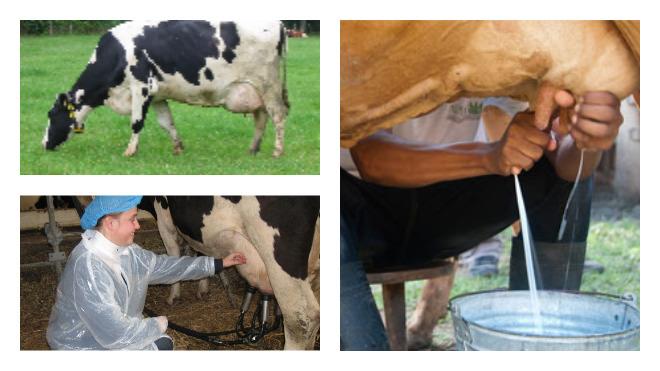
Massage
A key point that all milkmaids should know is that it is important to massage the udder before milking. Gentle kneading will help the production of oxytocin - a hormone produced by the pituitary gland that is responsible for relaxing the nipples, milk flow and easy discharge. With the help of massage it is possible to milk the entire volume of milk accumulated in the udder.
The massage technique is simple - it is necessary to make stroking movements along the udder along and across with both hands. At the end of stroking, nudge the udder as calves do. After that, you need to express from each nipple along the stream of milk. This is required to reduce the volume of microbes in the fluid and diagnose udder diseases. If the milk is clean and flows easily, the cow is healthy.You can start milking when the teats are firm and large in size.
If the udder is not massaged before milking, less milk will come out each time. This increases the risk of developing mastitis (a pathology in which there is a blockage of the milk ducts, and an inflammatory process begins in the udder).
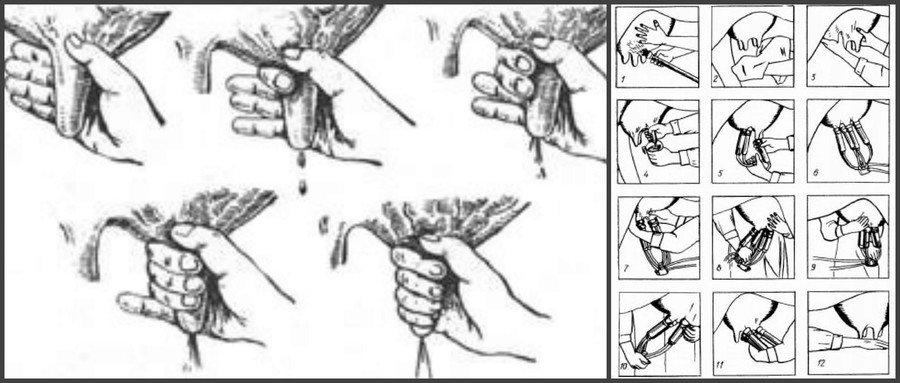
Milking technique and rules
Hand milking of cows can be done with two fingers or with a fist. The first method is suitable for young heifers, who often have short and undeveloped nipples. Fist milking is recommended for cows that have already given birth, as their nipples are larger and the risk of developing mastitis is lower.
Milking with two fingers
Finger milking is more commonly used in first calving cows, milking gently, without strong pressure, using only the fingertips. The technique is not difficult, but it takes some getting used to at first. On both sides, the nipple is clamped with the index and thumb, at the very base, closer to the udder.
The fingers move from top to bottom, sliding along the nipple. Often, these movements are painful to the animal, and with frequent hand milking with the fingers, the nipples can stretch out strongly. Milking starts from the front teats, then goes to the back.
Couples change quickly - the first, then the second again, and so on until all the milk is milked out without a trace. Movements are slow at first, then accelerate, but jerks are unacceptable. It is impossible to interrupt the movements, no matter how tired the owner is - the cow can jam, and it will be difficult to milk it to the end.
Fist milking
The fist milking method is suitable for novice farmers - it traumatizes the nipple tissue less and allows you to get a continuous stream of milk. But in the end, each owner decides for himself how best to milk. To milk with a fist, you need to take the nipple with all your fingers, the thumb above the index finger, the rest are located below.
The teat should be straight and milk will not get on the fingers when milking correctly. The hands are kept in place and do not make up and down movements with them, they only squeeze the fingers so that the milk comes out. After each serving, the fingers open and close again, but do not separate from the nipple. First, the front part of the udder is emptied, then they proceed to the back.
The process lasts about 6-7 minutes, after which the milk allowance stops, and the rest is milked sluggishly and slowly. Therefore, it is important for every farmer to learn how to prepare for milking in one minute and complete the process in the allotted time.
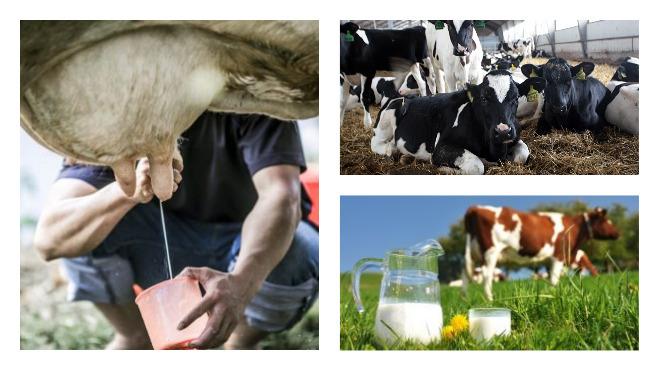
Milking frequency
Depending on the frequency of milking, farmers need to get used to doing this at about the same time, since milk is collected in the udder evenly throughout the day. Milking three times is recommended for cows with large milk volumes and insufficient udder capacity. Breaks between milkings should not be longer than 7 hours, and at night - more than 10 hours. Most often, the process is carried out at 5, 12 and 19 hours.
Double milking is recommended for cows giving 2.5-3.5 liters of milk at a time, they do it at 6 and 18 hours. It is necessary to accustom animals to it from the first calving. If time is allocated correctly, there will be no decrease in productivity. How to determine if it is worth switching an animal from three to two milking? Extend the interval between evening and morning milking from 10 to 12 hours. If in the morning the cow has given half the daily value, then it can be milked twice a day.
Frequent mistakes
Many cattle owners make the classic mistakes at first:
- do not treat teats after milking and washing the udder with petroleum jelly - this contributes to inflammation of cracks and skin lesions;
- do not examine the nipples for swelling and cracks;
- treat the animal before milking with hay, straw and food with a pungent smell - hay particles can get into the milk, it also absorbs strong aromas well.
It is recommended to do a final massage by stroking and examining the udder for milk residues. Ignoring the correct ending will lead to the fact that the fattest milk will remain unmilked.
It is necessary to prepare for milking and take the right actions. It is advisable to teach all family members to the process. Getting used to one person, a cow may not give the entire volume of milk to an outsider - the animal is able to distinguish the appearance, voice and even the smell of its owners.
